Last week, a group of facilitation practitioners met to share experiences using Liberating Structure’s ‘strategy knotworking’ (structure in development). Everyone is looking for ways to have better, more meaningful and engaging strategic planning sessions. You can learn about SKW here. For me, regardless of the strategic planning process or techniques you end up using, I find the SKW questions extremely useful to get into a strategic mindset.
- Purpose: What is the fundamental purpose for our work? Why do we do what we do?
- Context: What is our context? What is happening around us that we need to pay attention to when thinking about the future?
- Challenges: What are the challenges we face?
- Baseline: Where are we starting from honestly?
- Ambition: Based on what we discovered, what is now possible?
- Strategy and Plan: What are our next steps and how will we know we are making progress?
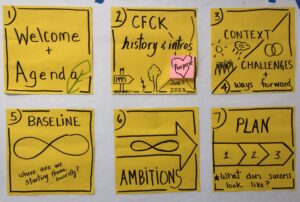
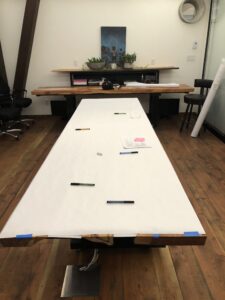
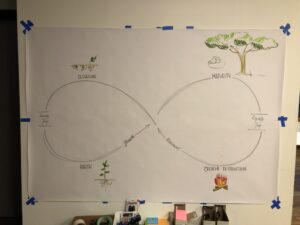
(thank you @insighfulink)
These six questions hit the points we need to address in order to assess the present and plan our future. Questions in the session ranged from how to get ‘client buy-in’ to details such as time required for each step. I started experimenting with SKW in 2019. Here are some of my thoughts.
In terms of how easy the process is to execute, how long planning will take, or the depth one needs to go into, this is all related to the context in which you are working. In order to understand the preparation needed, as well as the amount of time required with the group, ask yourself (and the client) the following:
- Where is the group at?
- Is the group aligned or divided in terms of their shared understanding on the big strategic areas you have been working on (or hope to work on)?
- Have the members been around for a long time and are they used to working together or are people changing all the time and require onboarding?
- What is the group’s level of complexity?
- Consider size, distribution of players, one organization vs partnership, trust in the facilitator, etc.
- What is the scope of their plan?
- Does the group work on a focused set of activities that are easy to categorize?
- How much breadth does the work cover and how layered are all the activities?
- Is the group tweaking an existing plan or starting from scratch?
- How participatory or engaged does the group want to be at each step along the way? Engagement itself may mean different things to different people.
- Providing input, drafting text, and reviewing text are all ways to engage that require different levels of participation. Understand the expectations.
- How much relationship building is needed among the group in order to deliver a strong plan?
- For groups with high trust, delegating tasks and ‘checking in’ may be sufficient when building a shared plan.
- Where trust is low, or relationships are fragile, ensuring a shared understanding of each step is important and likely takes additional time.
I have had a mix of success and learning (aka failures) when using the SKW methods. One area I would like to see improved is the language and process around steps five and six. What are the questions to steer the group toward strategic level ambitions (not only action planning)? Furthermore, monitoring and evaluation is currently lumped into the sixth step rather than on its own. My experience is that M&E needs more thought and time to be useful.
Finally, my conclusion is that SKW is accessible and do-able by everyone embarking on strategic planning. However, as described above, it has the same caveats (i.e. know your group and context) that you need to consider no matter which framework you choose to use.

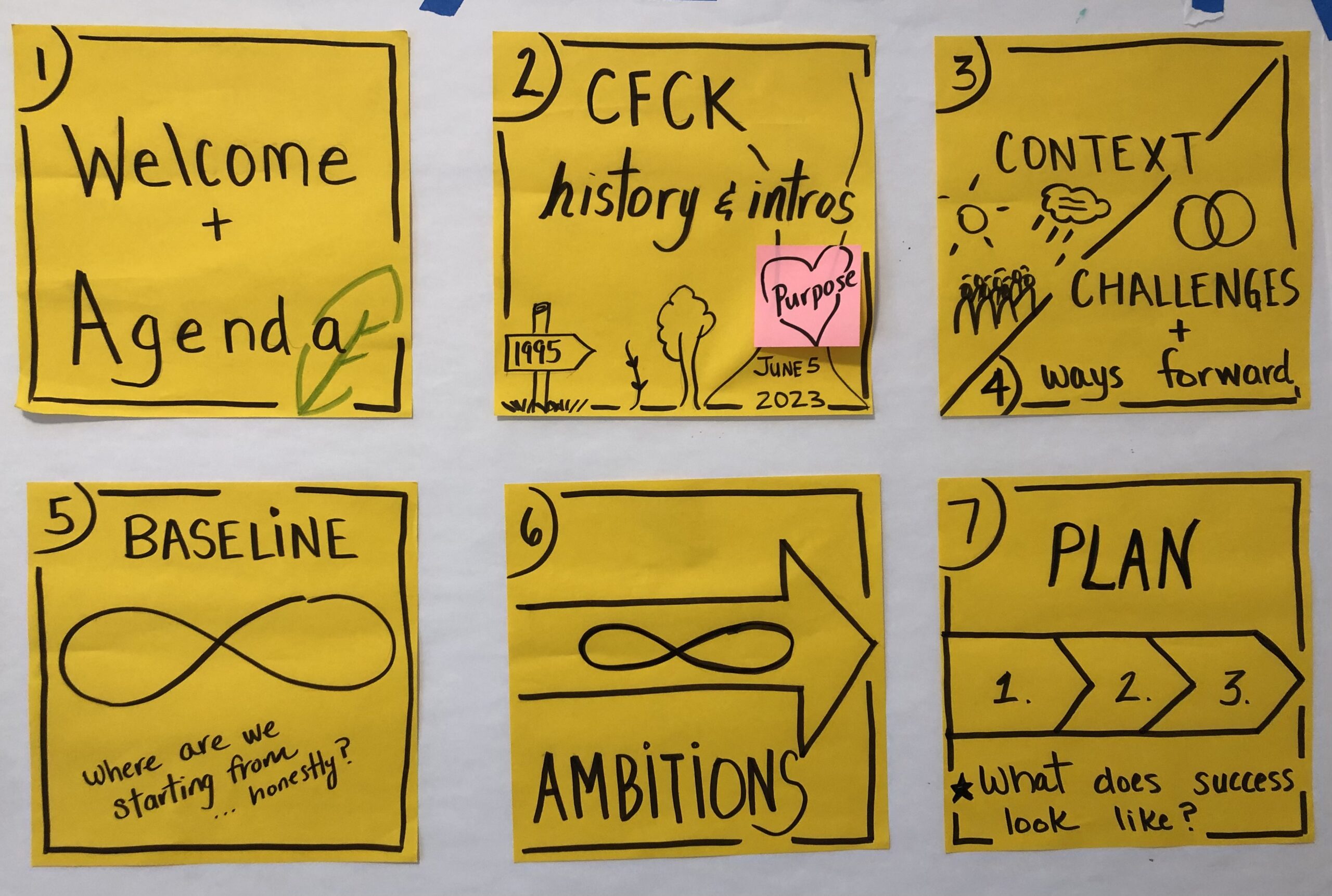
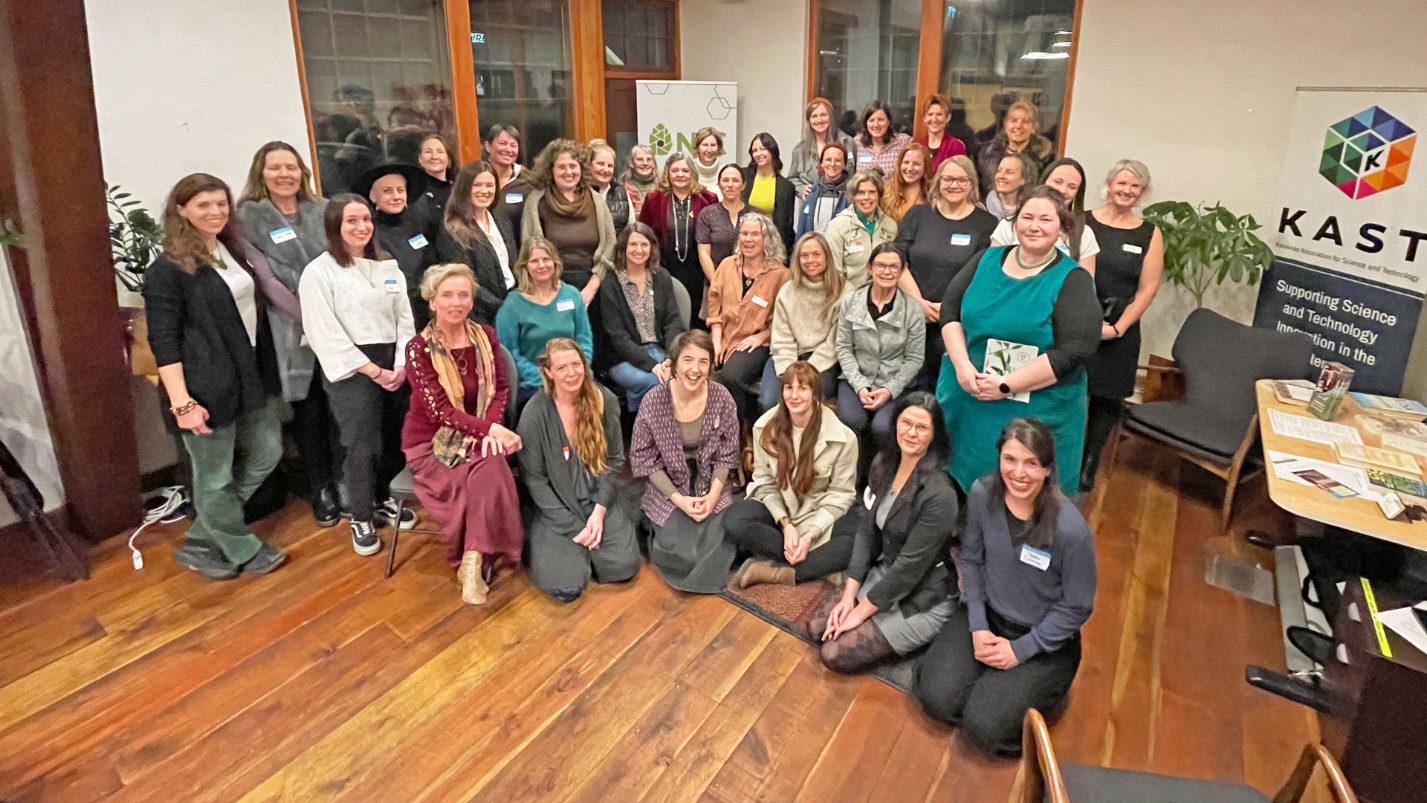
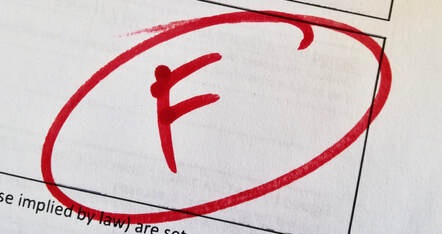
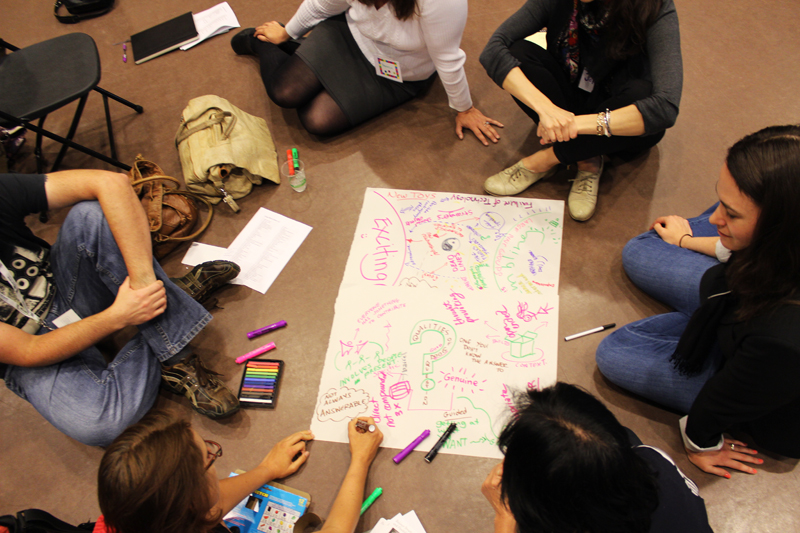
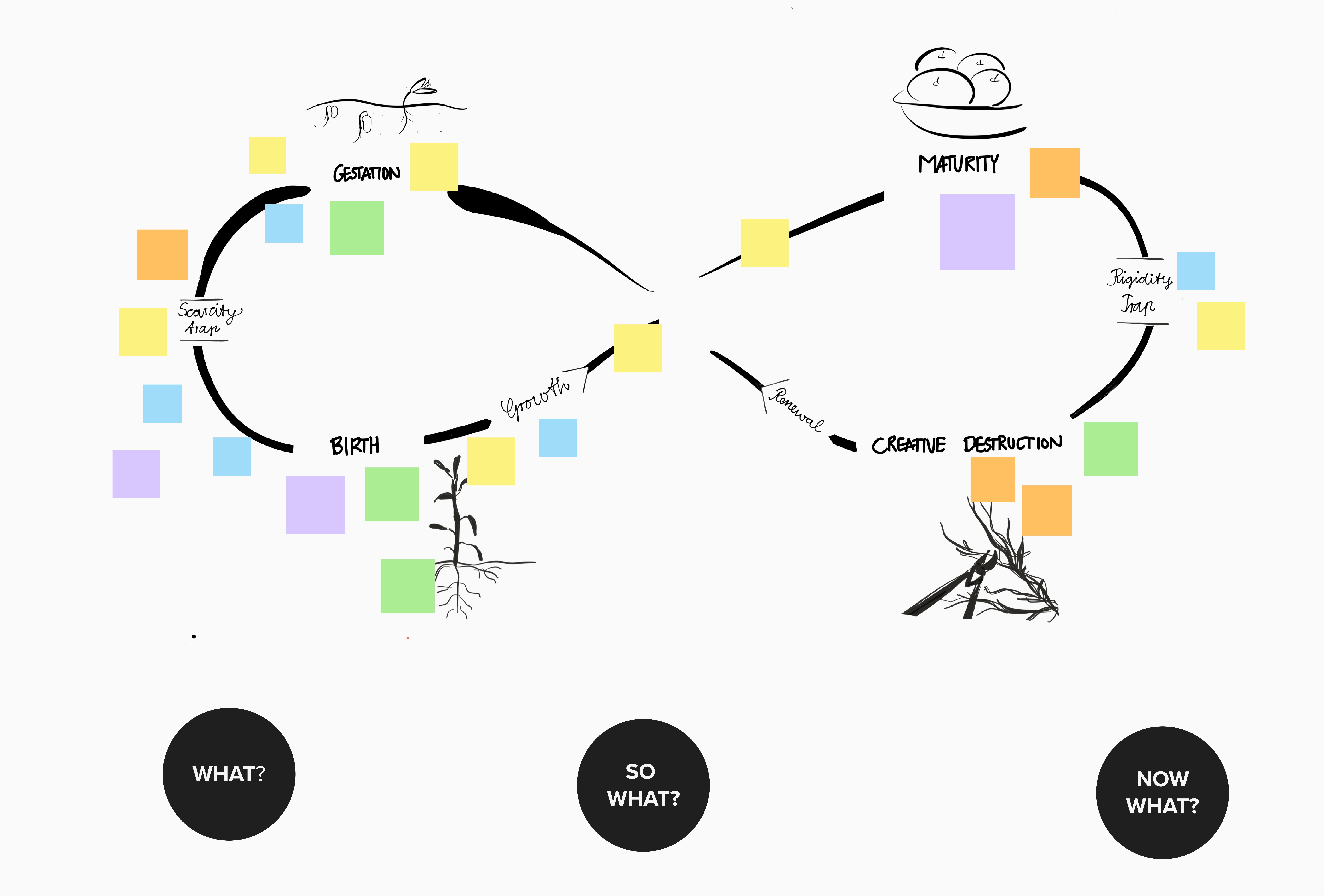
6 thoughts on “Reflections on Liberating Structures ‘Strategy Knotworking’ in Practice”
Nice one Michelle. Helpful actually to inspire me for a couple of sessions coming up. Thanks!
Thanks Chris, glad I can provide inspiration!
Love this elegant bite-sized invitation to SKW. I have found Roger Martin’s writing about strategy very helpful (albeit really business-y), particularly the relationship between strategy (what/why) and operations (how/principles/processes/systems). The focus on systems is critical, and I agree with your instinct to expand step 6 a bit. “we don’t rise to the level of our goals, we fall to the level of our systems” – James Clear. All of that said — in step 5 — to get people thinking beyond the plan, staying in the theory of change or the strategy just a bit longer, consider challenge framing (How might we) + brainstorming and light prototyping (a rapid design lab) in this stage, opening up what we “might” do, and then do 2×2 prioritization or constraints mapping to get to what we reasonably “can” do (with the time/energy) with what we have, and what we would need to reach further, if something we want is more in the space of possibility than plausibility…what helps us expand our abilities (e.g., partnering, hiring, taking small bites/15%, etc.). Thank you for letting my mind play this morning. A fun challenge!
Thanks Katrina for all the wonderful ideas. I look forward to exploring more ways to move forward strategically after the baseline is established.
Such a helpful summary! Thanks for sharing your process, Michelle.
You’re welcome and great to hear from you.